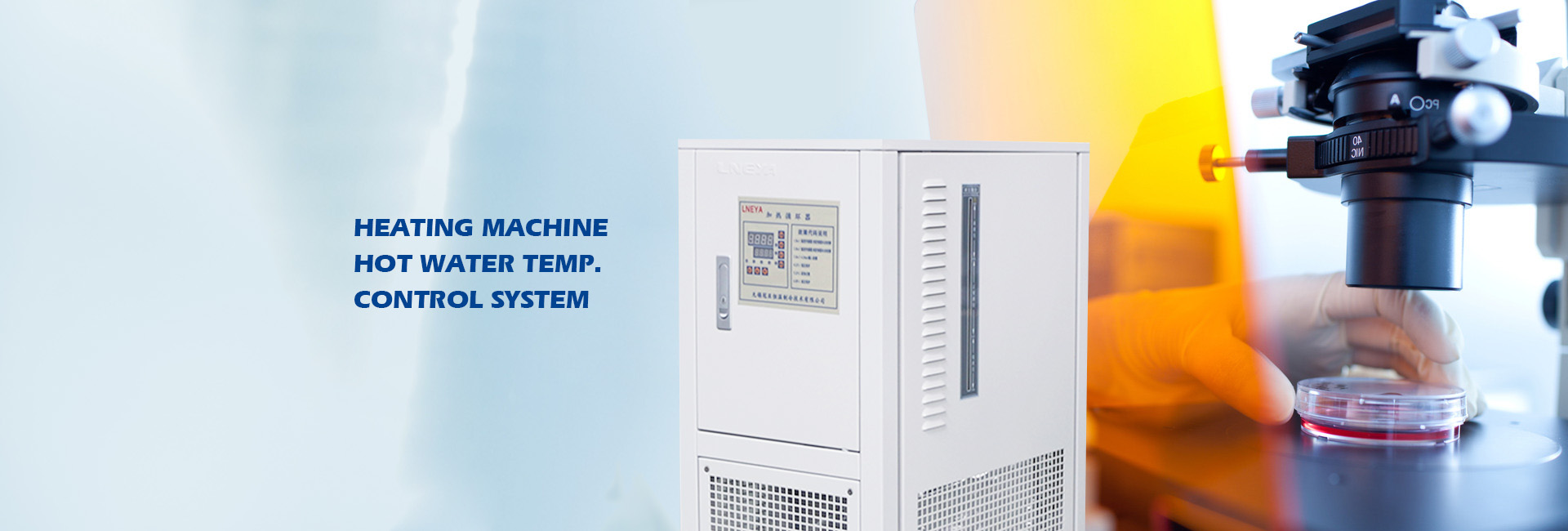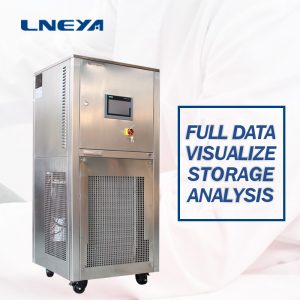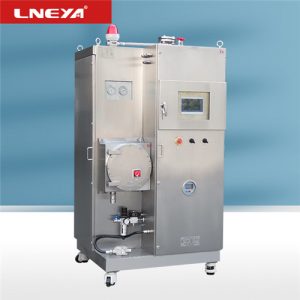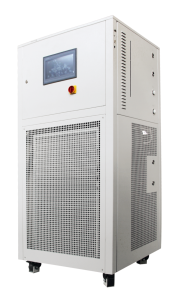Nécessité d'un cycle de chauffage et de refroidissement de la température dans le processus d'hydrogénation catalytique
In recent years, with the rising price of oil, the demand for benzene obtained from coking benzene has increased, coupled with the country’s increasing emphasis on environmental protection, the widespread application of coking benzene hydrogenation technology is imperative.
According to the reaction temperature, the coking crude benzene catalytic hydrogenation process can be divided into three types: high temperature hydrogenation (600℃~ 630℃), intermediate temperature hydrogenation (480℃~ 550℃) and low temperature hydrogenation (350℃~ 380℃). It is a high-temperature hydrogenation and low-temperature hydrogenation process.
Temperature has an effect on the reaction rate and selectivity of the hydrogenation reaction, but it does not necessarily have to be high temperature, because the actual production process often uses a catalyst to reduce the reaction temperature, which is very beneficial to production.

Constant temperature circulators are used more in pharmaceuticals, chemical engineering, and laboratories. Constant temperature circulators can also have heating and cooling functions. They can be used for cooling and heating or maintain constant temperature in the maximum temperature range of -25℃ to 200℃. It uses refrigerants. Compression, condensation, expansion, and evaporation, continuously absorb heat and vaporize at the evaporator, perform cooling and cooling, transfer heat from low-temperature objects to a cycle process like high-temperature objects, cool materials to the required temperature and maintain low temperature.

The scope of application is relatively wide, and experimental equipment such as reactors, reactors, fermentation tanks, evaporators, etc. are often used together. LNEYA circulateur de chauffage UC series products can realize the high temperature cooling process, from the high temperature of 300 ℃ to 50 ℃ directly. Equipped with a heating and cooling integrated container, the heat exchange area is large, the rate of temperature rise and fall is fast, and the demand for heat conduction oil is small. The product adopts fully enclosed circulation, high temperature without oil mist volatilization, heat conduction oil will not be oxidized and browned. The entire system is a fully enclosed system. There is no oil mist at high temperatures. At low temperatures, it does not absorb moisture in the air. During operation, the system will not increase pressure due to high temperatures. Low temperature automatically replenishes the heat transfer medium.
Recommandations connexes
-
L'application du congélateur à plaques froides
1044Le système de réfrigération du congélateur à plaques froides adopte la technologie du super-refroidissement secondaire avec une réfrigération rapide et une température limite basse. Il utilise des compresseurs à piston semi-hermétiques de marque importée, des compresseurs composés à piston semi-hermétiques...
Voir les détails -
Analyse des défauts courants dans le système d'essai des batteries d'alimentation des véhicules à énergie nouvelle
971If the new energy vehicle power battery pack leaks, the general fault manifestation mode: the meter OK light does not light, the meter prompts to check the power system, the high voltage system leakage fault, disconnect the battery pack and the b...
Voir les détails -
Solution to oil spill of reactor cooling and heating circulator
973When we use some reactor cooling and heating circulators, we will find that the system pressure fluctuates up and down as the temperature rises, and the oil tank is overflowing. So what are the reasons for these conditions in the cooling and heat...
Voir les détails -
Chip intelligent thermostat operation and selection
1082With the continuous development of the chip, its detection is also an important task, because the chip price is relatively expensive, so LNEYA chip intelligent thermostat came into being, professionally solve its chip test problems. The value of t...
Voir les détails
 LNEYA Industrial Chillers Fabricant Fournisseur
LNEYA Industrial Chillers Fabricant Fournisseur













